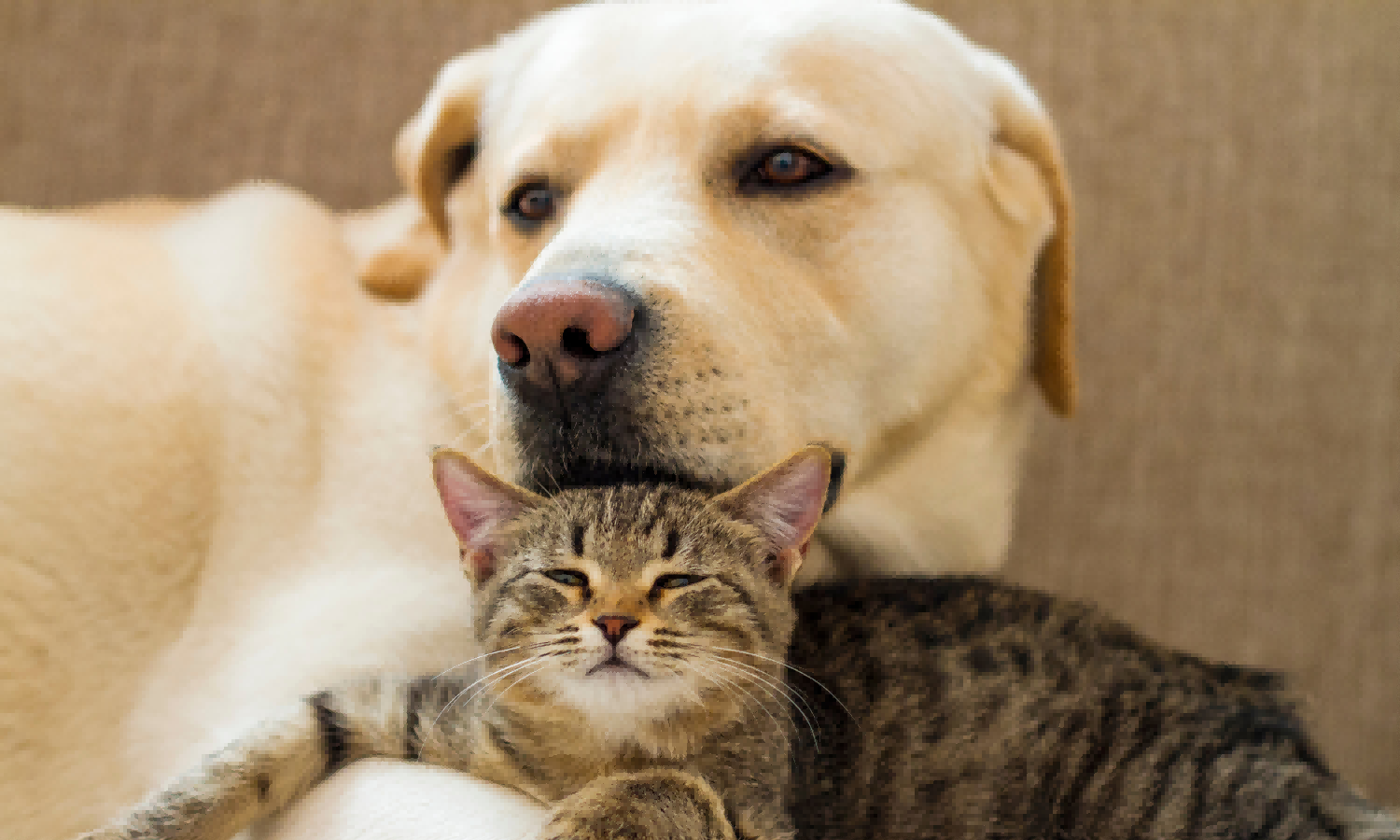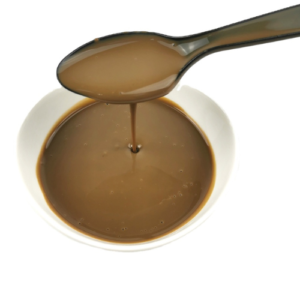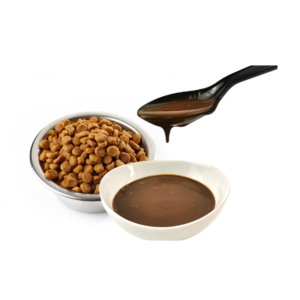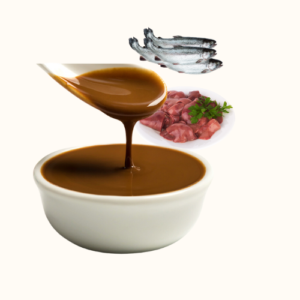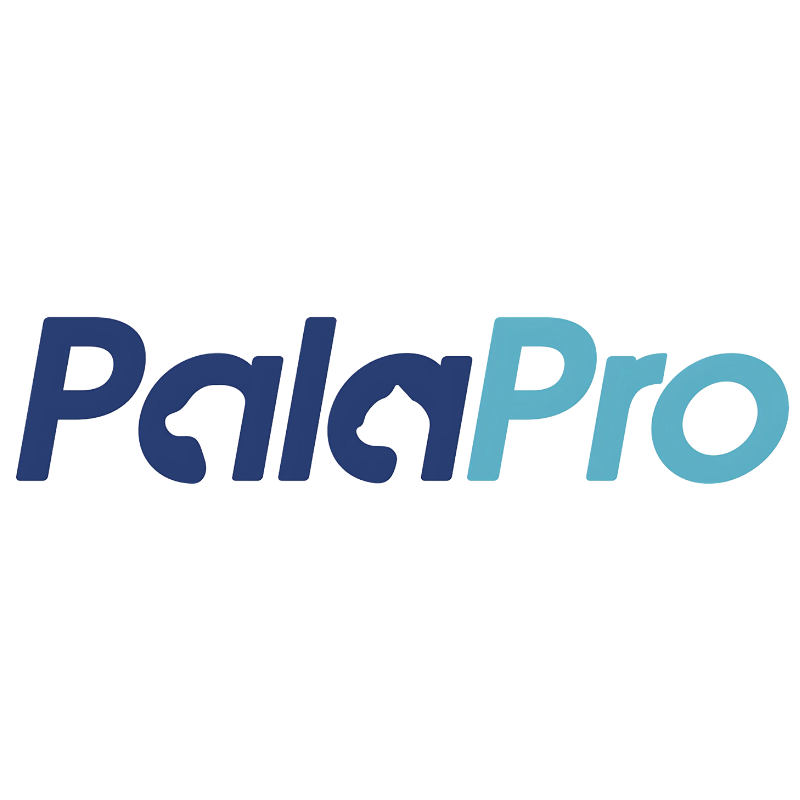Introduction
As pet food manufacturers and wholesalers, choosing between natural and artificial palatants can significantly impact the quality and appeal of your products. This blog explores the differences, benefits, and drawbacks of both types of palatants to help you make informed decisions.

What are Natural Palatants?
Natural palatants are derived from natural sources such as animal proteins, plant extracts, and herbs. They are often considered healthier and more sustainable options for enhancing the taste and aroma of pet foods.
Benefits of Natural Palatants
- Healthier for Pets: Natural palatants are less likely to cause allergic reactions and other health issues in pets. They are typically free from artificial additives and preservatives, making them a safer choice.
- Sustainability: Using natural sources for palatants promotes sustainability and reduces the environmental impact of pet food production. It also appeals to eco-conscious consumers.
- Consumer Trust: Pet owners are increasingly looking for natural and wholesome ingredients in pet food. Using natural palatants can enhance brand trust and loyalty.

Drawbacks of Natural Palatants
- Cost: Natural palatants can be more expensive to source and produce compared to artificial ones. This can increase the overall cost of the pet food.
- Consistency: The quality and availability of natural ingredients can vary, leading to inconsistencies in the final product’s taste and aroma.
What are Artificial Palatants?
Artificial palatants are synthetically produced chemicals designed to mimic the taste and smell of natural ingredients. They are widely used in the pet food industry due to their cost-effectiveness and consistency.

Benefits of Artificial Palatants
- Cost-Effective: Artificial palatants are generally cheaper to produce, which can lower the overall cost of pet food production.
- Consistency and Control: Artificial palatants offer more control over taste and aroma, ensuring uniformity across different batches of pet food.
- Extended Shelf Life: Artificial palatants often have preservatives that extend the shelf life of pet food products.

Drawbacks of Artificial Palatants
- Health Concerns: There are concerns about the long-term health effects of artificial palatants on pets. Some pets may develop allergies or other health issues.
- Consumer Perception: Many pet owners prefer natural ingredients and may view artificial palatants negatively, impacting their purchasing decisions.
Real-Time Data and Trends
A report by Grand View Research indicates that the demand for natural pet food is on the rise, with a market size valued at USD 22.8 billion in 2020 and expected to grow at a CAGR of 9.7% from 2021 to 2028 . This trend reflects the growing preference for natural ingredients, including palatants.

Making the Right Choice
The decision between natural and artificial palatants should be guided by your target market, cost considerations, and the specific needs of your pet food products. For premium pet foods, natural palatants may be more suitable, while artificial palatants might be a practical choice for budget-friendly options.

Conclusion
Both natural and artificial palatants have their place in the pet food industry. Understanding their benefits and drawbacks can help manufacturers and wholesalers make informed choices that align with market trends and consumer preferences. For more information on our natural and artificial palatants, visit Profy Pet.





